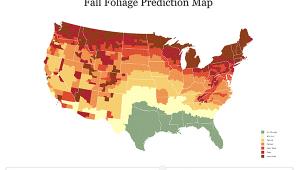Get Round Tuit
Organizing Your Travel Photographs With Imagebase Software
All of us have made solemn
vows that someday we are going to put our travel photographs in an album
or arrange the slides into a slide show for family and friends to enjoy,
but somehow we never get around to it. For example, what happens when
you get back from a trip? You send all the film you shot during your
travels to the photo lab, but more often than not, they sit, untouched,
in the envelopes or boxes they were delivered in. It will take more
than great computer software to give you the "round tuit"
you need to get organized, but image database--sometimes just called
"imagebase" --software can help organize your photographs
into digital albums you can e-mail to friends or place on the World
Wide Web (WWW) for everyone on the planet to see. Even if you're
a travel photography pro and sell stock images from your treks, imagebase
software can help you file, then locate a specific image a client may
be requesting. |
|||
Lets Get Digital. Using
an imagebase program means you must have to have your photographs in digital
form. This is not as hard as it sounds. You don't have to have all
of your images digitized, just some of them. Start by digitizing the images
from your most recent trip. Using Kodak's FlashPix, Photo CD, or
PictureDisc, Konica's Floppy Shots, or Seattle FilmWorks Pictures
on Disk processes, you can have your images digitized the same time they
are processed. If you prefer, you can also digitize them yourself using
any one of the growing numbers of moderately priced scanners. When deciding
on a file format to save your images, you should consider the platform
you will be using. Most album programs are Windows-based, while almost
all catalogers and media asset managers are available for both Microsoft
Windows and the Mac OS. |
|||
· The program should
be able to display your file as a thumbnail. Not all image file formats
have the capability to display thumbnails, so not all imagebase software
will display every image file type. If a file format does not contain
thumbnails, programs such as ThumbsPlus and ixla Explor-er will automatically
create them for you. Between Albums And
Cataloger Manufacturers/Distributors Andromeda Software, Inc. ArcSoft Canto Software, Inc. Cerious Software Inc. Digital Arts & Science
Corp. Eastman Kodak E-Book Systems Extensis Corp. G&A Imaging Ltd. Imspace Systems Corp. IXLA USA Inc LMSoft NewSoft America Inc. PhotoSoft Inc. SlideScribe |
- Log in or register to post comments




















































